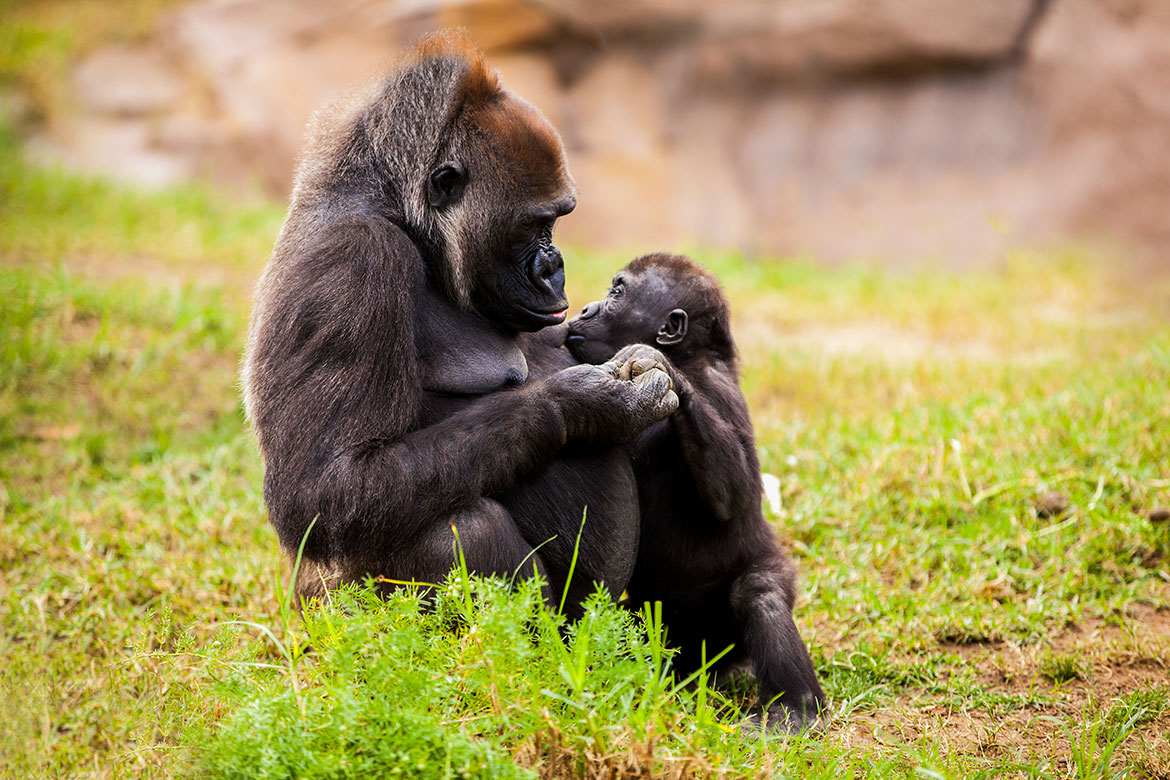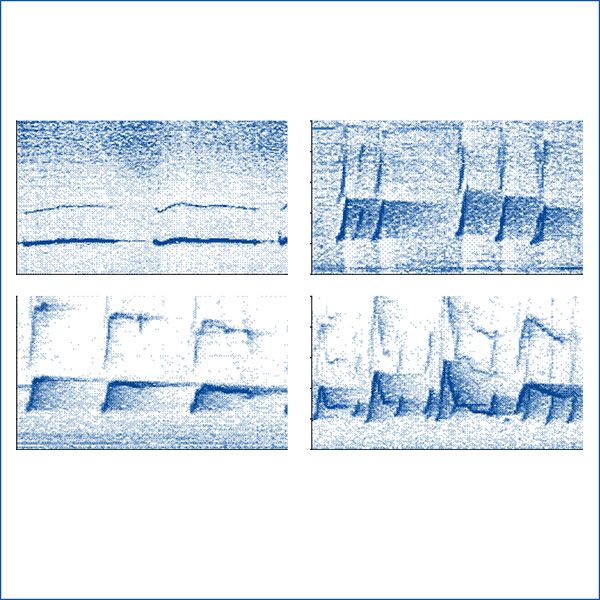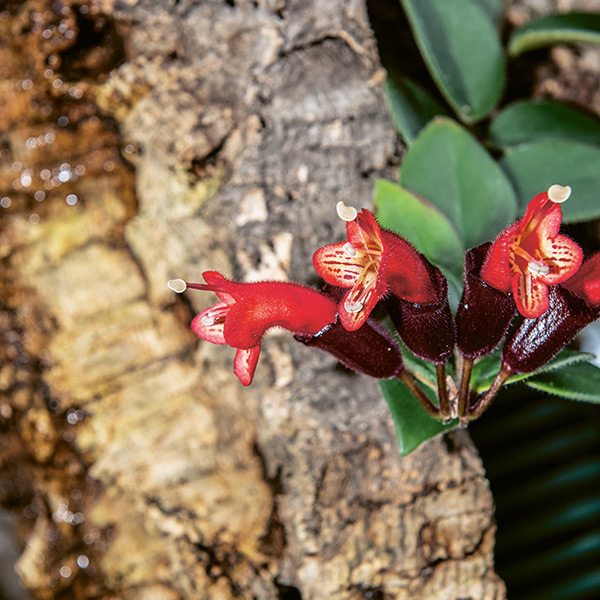LANGUAGE DEVELOPMENT
No baby talk for baby apes
Communicating slower, more clearly and in a higher voice seems to be something only humans do with their young.

A rare moment – gorilla parents rarely communicate directly with their babies. | Image: iStockphoto
As a rule, we automatically speak in a higher voice, slower, more clearly, and in simpler language when we talk to small children. This baby talk exists in one form or another across all cultures because it helps children to learn language. What researchers do not yet know is whether baby talk developed in the course of evolution, alongside complex human language, or whether it existed beforehand. “If the latter is the case, then it should also be found in our closest living relatives, the great apes”, says Sabine Stoll, a linguist at the Swiss National Centre of Competence in Research (NCCR) ‘Evolving Language: The Origins and Future of Language’. However, an analysis of existing data has provided almost no evidence of baby talk in bonobos, chimpanzees or gorillas, who rarely communicate directly with their children. Stoll accordingly suspects that baby apes primarily learn ‘language’ by observing their conspecifics.
J. Schick et al.: The function and evolution of child-directed communication. PLOS Biology (2022)




